How often and how to water my orchids in winter?
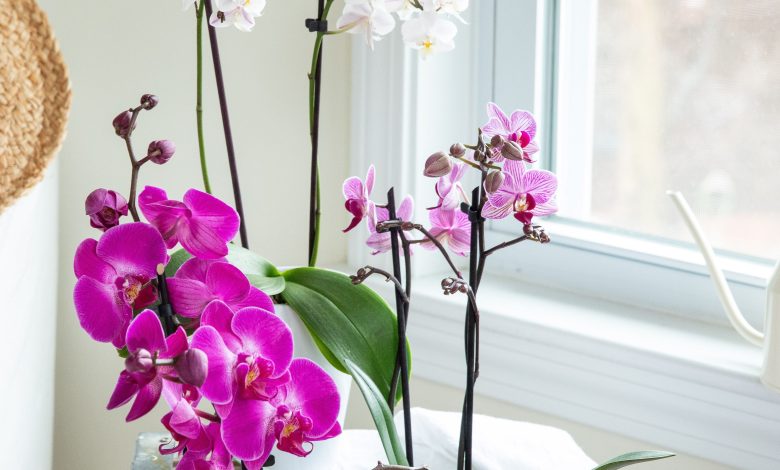
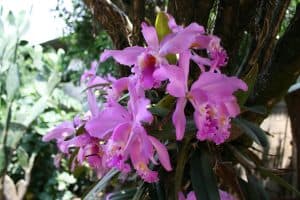 Fragile and delicate in appearance, the orchid is one of the most popular flowers in all of Spain due to its beauty and color.
Fragile and delicate in appearance, the orchid is one of the most popular flowers in all of Spain due to its beauty and color.
Contrary to appearances, this plant is actually very resistant and has quite a noticeable strength, making it very easy to keep it healthy.
However, a point that is decisive for his life is irrigation, since water promotes his health and his good appearance. In winter, watering becomes decisive, since if it is too much or too little it can cause irreversible damage to any specimen.
Thinking about it, below we will give you the details of everything you need to know to water your orchid in winter.
Important points when watering an orchid in winter:
- Irrigation frequency: an irrigation that will be established in a range between approximately every 6 and 12 days.
- Irrigation method: by immersion.
- Optimum time of day for watering: early in the morning.
- Identify excess water: putrefaction, death of the plant.
- Identify lack of water: whitish roots, drying of the stem, death of the flower.
What watering needs does the orchid have in winter?
Although it is a fairly resistant plant, the orchid does not support the cold, so many specimens usually die during the winter. However, with proper care, especially by controlling irrigation, the orchid can adequately survive this time.
During this time it is convenient to reduce the watering by half and be careful with where the plant is left, since it is decisive. Keep in mind that it is not appropriate for you to place a saucer under the pot, or to place it in a container where water can remain stagnant.

The ideal is a container with holes at the bottom, as well as good ventilation, which facilitates the breathing of the roots and the evaporation of water.
How can we detect lack of irrigation in the orchid in winter?
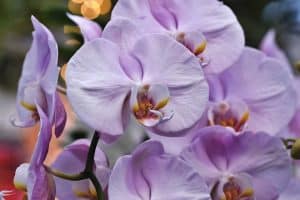 Being very sensitive when it comes to watering, the orchid can be kept quite well in certain degrees of humidity.
Being very sensitive when it comes to watering, the orchid can be kept quite well in certain degrees of humidity.
This means that the lack of irrigation can cause great problems, if it is for a very long period of time.
In this sense, we can say that the problems begin when the soil is dry and the roots begin to whiten. This is just the moment where you should water your plant again so that it does not have long-term problems.
In the case of not getting the necessary water, the orchid will begin to suffer noticeable damage such as decay and lack of brightness in its flower.Over time, and if the drought continues, the plant will begin to dry out and this process has no turning back, making it necessary to discard said specimen.
In winter, this process takes longer, due to the humidity in the weather, giving you more opportunity to notice the signs.
How often should we water the orchid in winter?
Normally, an orchid should be watered once a week, to ensure its health. In spite of this, during the winter it is better to lengthen that period more, being able to do it between 6 to 12 days.
This has to depend on the weather conditions and the plant, since you must avoid overwatering it so as not to drown it and cause it to rot. For this reason, it is recommended that you observe your plant and take into account the state of humidity of the land in which it is located.

Try to water during the early hours of the morning, so the plant will have time to absorb the water and evaporation will do the rest. This way, you will prevent the plant from getting too wet and causing problems.
What is the best way to water the orchid in winter?
Both in winter and at other times of the year, the method you should use to water an orchid is immersion. This makes it easier for the plant to absorb all the water it needs, as well as prevents you from drowning it by watering it from above.

Consider that once the watering is finished, you should dry, with a clean towel, both the stem and the leaves that have gotten wet, as it is harmful to them.
How do we detect excess water in the orchid in winter?
Excess water is a problem that can kill an orchid in a very short time, especially during the winter. Due to the humid climate, watering too much will create an environment conducive to fungus and plant rot.
To detect it, it is necessary to see the conditions of the land, which should be slightly moist, but never waterlogged or bogged down. On the other hand, the appearance of certain afflictions can be an indication that the plant in question is being overwatered.
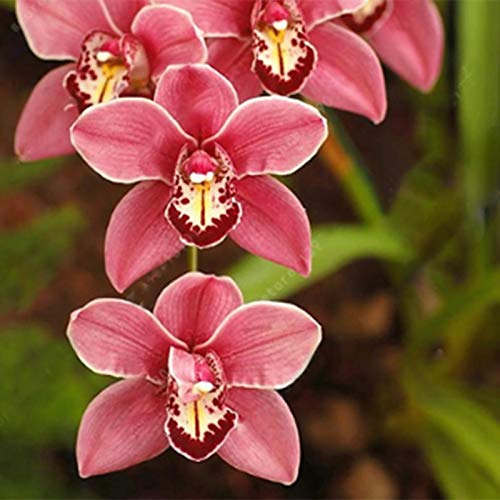
Similarly, shedding of leaves can be common during winter, but excess shedding may represent too much moisture. The orchid is a plant that lives naturally in tropical forests, where the humidity is high, but not so high as to cause damage.
However, in domestic plantations, it is best to provide them with an environment conducive to their development, following our advice.
Bibliographic references
- Orchids, MJ Freuler – 2008 – books.google.com
- Cultivation of Orchids /Cultivation of Orchids, AL Fischer – 2007 – books.google.com
- The Big Book of Orchids, M Martija-Ochoa – 2019 – books.google.com
- Orchids and their cultivation, G Verdugo, C Sotomayor – Chile Agricola, 1984 – library.inia.cl
- Temperature and humidity control system to prevent the attack of fungi and bacteria in orchid crops at the National Research Institute …, JC Areche Reymundo, B Mallma Nestares – 2014 – repository.unh.edu.pe
- Optimization of protocols for the acclimatization of orchid seedlings from in vitro culture, HM Vera Tudela Ramírez – 2020 – repository.unsm.edu.pe
Maybe you are also interested in:
- 6 Types and Varieties of Most Famous Orchids
- Fertilize Orchids: How, When and How Much? – Sow100
- Learn to Take Care of your Dendrobium: Everything You Need
- White Orchid Care: [Soil, Moisture, Pruning and Problems]
- Phalaenopsis Orchid Care: [Soil, Humidity, Pruning and Problems]
- Orchid Care in Winter: [Soil, Pruning and Problems]
- Orchid Care: [Soil, Humidity, Pruning and Problems]
- Orchid Cuttings: [Grafts, Time, Rooting and Planting]
- Orchid Pests and Diseases: [Detection, Causes and Solutions]
- Types of Orchids: [Characteristics and Classification]

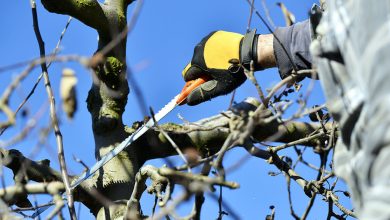
![Photo of Orchid Pests and Diseases: [Detection, Causes and Solutions]](https://www.complete-gardening.com/wp-content/uploads/2022/08/orchid-pests-and-diseases-detection-causes-and-solutions-390x220.jpg)

![Photo of El Singonio: [Characteristics, Sowing, Care, Substrate and Irrigation]](https://www.complete-gardening.com/wp-content/uploads/2021/06/características-del-singonio-o-planta-punta-de-felcha-390x220.jpg)